How is artificial intelligence used in the military? Well, there are a lot of use cases for artificial intelligence in everyday life, but what about AI in the military? Like the effect of artificial intelligence in business, AI shapes the future of “military business.”
Are you scared of AI jargon? We have already created a detailed AI glossary for the most commonly used artificial intelligence terms and explained the basics of artificial intelligence as well as the risks and benefits of artificial intelligence for organizations and others.
How is artificial intelligence used in the military?
Artificial intelligence is playing a significant role in military warfare. Because of that, several AI applications are already being developed by the US and other countries for various military uses.
The United States Defense Department released its first AI plan in 2019. As a result, this led to the development of AI systems and technologies for use in defense, research, and the military.
Compared to conventional systems, AI-powered military systems can better manage the enormous volume of data efficiently. Because AI is so good at making decisions, it dramatically enhances the self-regulation, self-control, and self-actuation of combat systems.
Artificial intelligence is used in almost all military applications, and it is anticipated that increased funding for research and development from military research agencies to create novel and cutting-edge uses of artificial intelligence will lead to a rise in the use of AI-driven systems in the military. Did the precursors of artificial intelligence dream of it?

According to Globenewswire, the market for artificial intelligence in the military is projected to be valued at approximately USD 13.71 billion by 2028. It is impressive, right? But what is it for?
Benefits of artificial intelligence in the military
There are several uses of how is artificial intelligence used in the military:
- Strategic decision-making
- Scenario analyses that are exact and quick
- Neutralizing biases
- Reasonable action in urgent circumstances
- Training
- Individualized instruction
- Fair evaluations
- Promotions
- Greater realism in the simulations and exercise
- Reliable computer models of emerging technology
- Military operations
- Efficient processing of data from various sources
- Administrative tasks are made easier with proactive logistics
- Reduced dangers for the troops thanks to autonomous logistics
- Enhancing the support systems
Let’s now examine the general advantages of AI in the military:
Threat sensing
Battlefields are extremely hazardous locations. According to the U.S. army, AI could mitigate some of the threats. Aided threat recognition from Mobile Corporative and Autonomous Sensors is the name of the procedure used by the American army system.
With this technology, soldiers may identify dangers more quickly and receive guidance on how to deal with them. Army aircraft and ground vehicles now have intelligent sensors. It is one of the most important examples of how is artificial intelligence used in the military.
Reduces human labor
AI is used in sectors like manufacturing and agriculture to reduce the size of the labor force. Consequently, the need for staff is reduced due to artificial intelligence.
Improves recruitments
Over the years, many national defense organizations have employed various hiring practices, from job fair booths to television ads. Finding qualified candidates prepared to serve is easier thanks to artificial intelligence in the military.
How is artificial intelligence changing the recruiting process?
For instance, the Air Force Special Operations Command has 30 years of data. According to one of the sources, roughly 35% of the 2.5 million monthly visitors to the army website are female. Hence, the army has also introduced a female chatbot to go along with a male counterpart.
Training
The military experience includes training extensively. This kind of education that soldiers acquire impacts their performance and the performance of everyone who collaborates with them on a mission.
An air force and U.S. army pilot completed a program of an artificial intelligence training tool that offers the content and measures progress. Regular use results in a 40% reduction in the time needed to do the assignment.
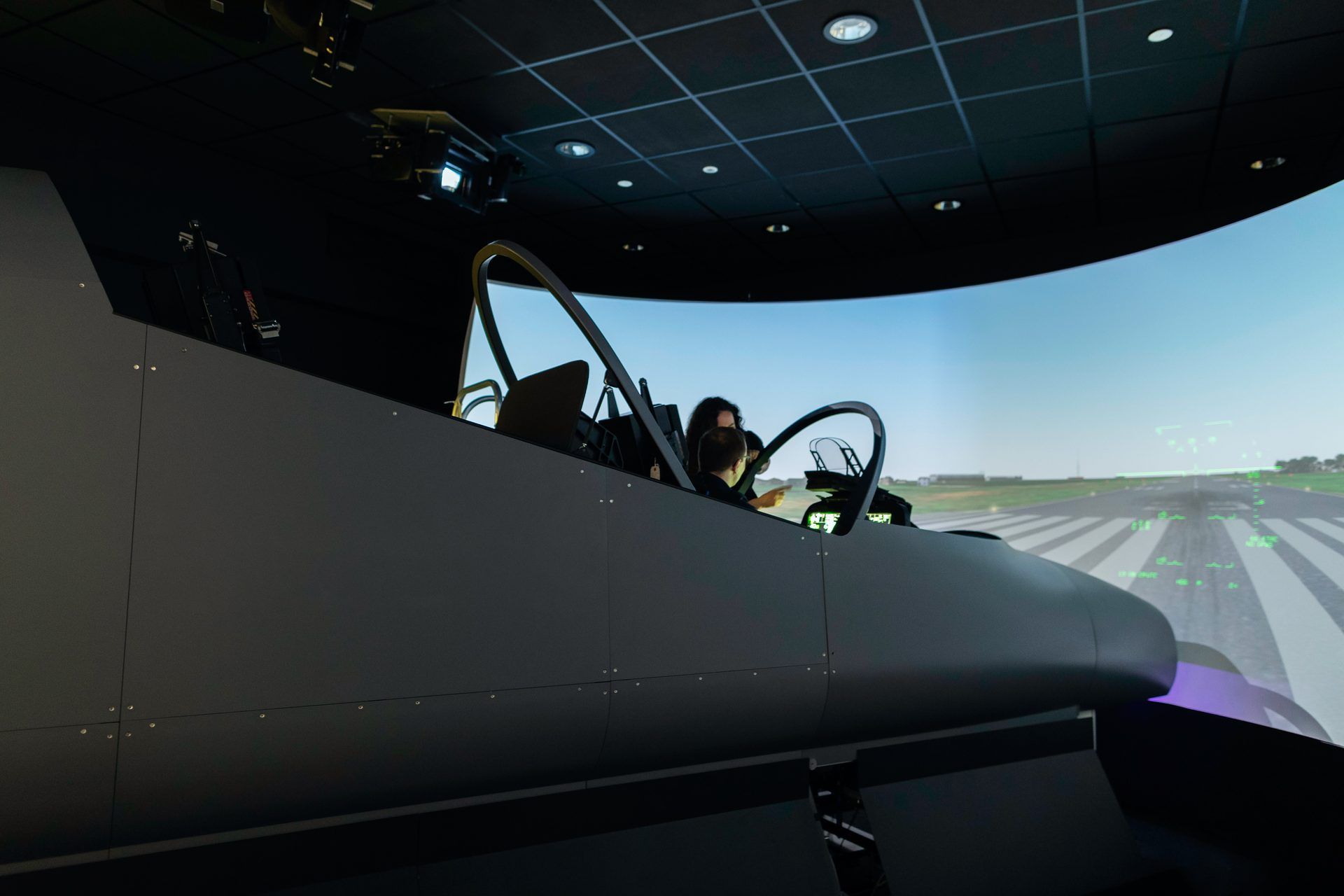
Artificial intelligence in the military can eliminate the possibility of obsolete textbook learners. They receive the syllabus information on tablets, and those technologies immediately reflect any updates made by the distributors to the material.
Better cybersecurity
Employees must turn off their computers after a cyberattack on a business and use manual techniques such as pen and paper until IT specialists can investigate the issue. So it’s easy to envision how disastrous an attack of a similar nature on cutting-edge military technology could be.
Do you know how employees ignore cybersecurity training?
The American army recently requested research into cybersecurity technologies powered by artificial intelligence that may protect personnel and communication networks. It is one of the most important examples of how is artificial intelligence used in the military.
Check out the cybersecurity best practices in 2022
Easy transportation
Soldiers must navigate their vehicles through uncharted territory or terrain with few roads or other modes of mobility. Research is being done to add AI to autonomous vehicles so military personnel can get some help with their travel.
Is artificial intelligence better than human intelligence? Before you decide, let’s analyze the disadvantages of artificial intelligence in the military.
Disadvantages of artificial intelligence in the military
These are some disadvantages of how is artificial intelligence used in the military:
- Strategic decision-making
- Low crisis stability as a result of quick judgments
- Algorithms may be biased by nature
- Training
- Overestimation of findings generated by AI
- Due to conflicts between military culture and ideals held by military members, there are issues with culture and personnel
- Military operations
- Supply chain risk brought on by a lack of inventory
- Strategic instability decline
- Uncertain whether automated vehicles could be used in complicated situations
- Cost
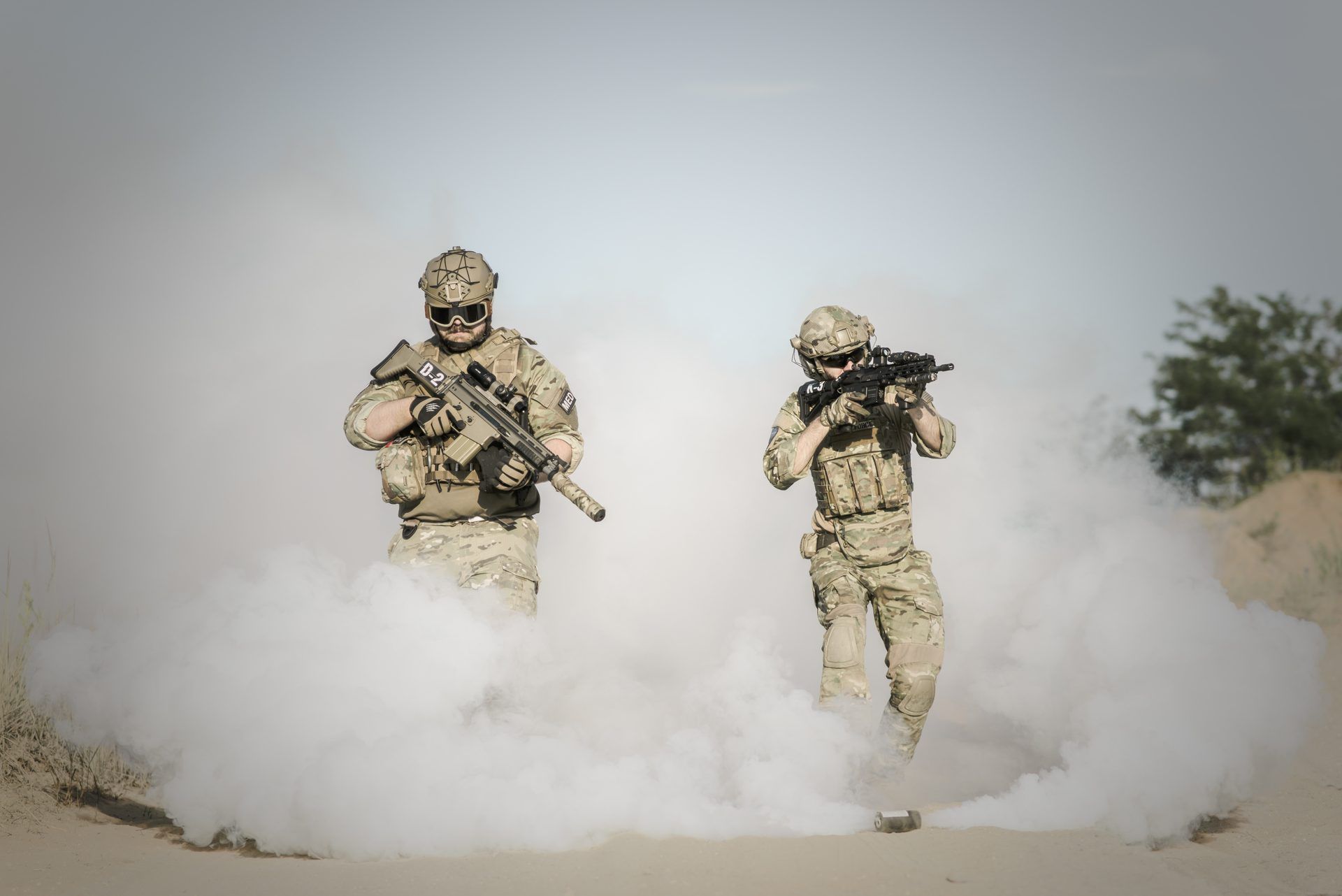
The areas where AI needs to catch up in the defense industry are examined below.
High cost of implementation
Given the intricacy of engineering involved in creating one, setting AI machines, computers, etc., improves substantial costs.
Additionally, the outrageous costs don’t end there because repairs and maintenance can cost thousands of dollars.
Software systems that are artificially based must frequently be upgraded to meet the demands of a changing environment since machines need to get smarter all the time.
Human touch
While it is true that machines are more effective than people, people cannot be replaced by machines. Human intelligence cannot be artificially created in a computer soon. So, no matter how intelligent a machine is, it will never be able to replace people completely yet.

Additionally, because they cannot comprehend the concept of ethics or the law, robots cannot decide or distinguish between right and wrong.
Self-progress
The capacity of human logic to improve with age and experience is one of its key characteristics. Since AIs cannot develop in that way because they are machines, the same cannot be true for them. With time, they begin to deteriorate.
Machines are unable to adapt to changing circumstances. The repetitive nature of work with unchangeable input is the fundamental concept of artificial intelligence. AIs need to be reevaluated, retrained, and rebuilt whenever there is a change in the input.
Creativity
Since robots, not artificial intelligence, are capable of imagination or creativity, AI was not designed to produce creative works. AI can assist you in creating something unique, but it can’t yet match the power of the human mind.
Check out the effect of artificial intelligence in developing countries
Artificial intelligence in military examples
Here are a few of the well-known examples of how is artificial intelligence used in the military that are now operational:
- Project Maven: It decodes vast amounts of intelligence, surveillance, and reconnaissance data using AI and ML approaches. Additionally, the Pentagon is the project’s sponsor. As a result, it is a technique employed by many intelligence and operational agencies. It is often referred to as “Algorithmic Warfare.”
- Defense Advanced Research Projects Agency: DARPA’s Squad X Experimentation program aims to design, develop, and validate emerging systems and technologies. As a result, it functions with sensor instruments, autonomous prototypes, etc. Additionally, Squad X emphasizes accuracy and non-kinetic involvement. As a result, it supports projects involving squad autonomy and squad sensing.
- ATLAS: Advanced Targeting and Lethality Automated System is the project’s full name. The Army’s ambition to create autonomous vehicles for contemporary warfare is reflected in the project. Additionally, it is an effort to create combat robots that can fight alongside or perhaps in place of human soldiers.
Are robots artificial intelligence?
Applications of artificial intelligence in military
The main applications of artificial intelligence are as follows, and they will advance in the upcoming years:
- Cybersecurity
- Warfare systems
- Logistics and transport
- Target recognition
- Warfare healthcare
- Threat monitoring & situational awareness
- AI & data information processing
- Combat simulation & training
Let’s dive deep into applications of artificial intelligence in the military.
Cybersecurity
Threats of cyberattacks against military systems can result in the loss of vital military data and harm those systems. AI-enabled systems, on the other hand, guard against unwanted access to networks, programs, data, and computers.
Additionally, online security systems with AI capabilities may record the cyberattack pattern and subsequently create counterattack tools.
Warfare systems
Several nations’ armed forces incorporate AI into weapons and other military systems deployed on space, air, sea, and land platforms. These systems are more effective at combat and require less human involvement, thanks to AI.
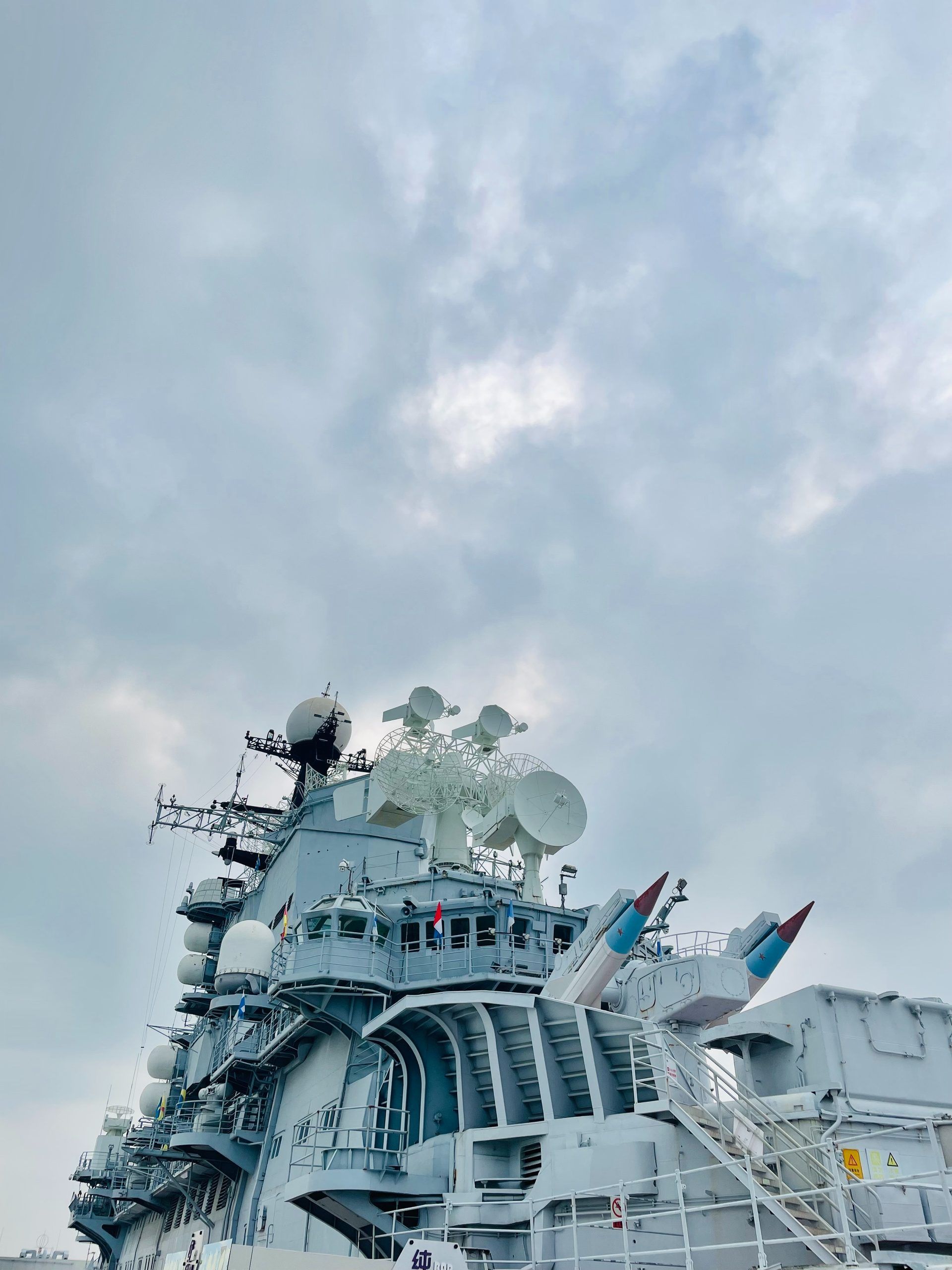
Additionally, less maintenance has led to improved performance and higher synergy of military systems. AI can equip autonomous weapons to launch coordinated assaults.
Logistics and transport
Soon, AI will be essential to military logistics and support. A military operation’s ability to be carried out successfully depends on the movement of troops, equipment, ammunition, and supplies.
AI integration in transportation can cut manual labor requirements and transportation costs. It helps military ships detect anomalies and promptly predict component breakdowns.
Target recognition
In challenging combat conditions, AI techniques can improve target recognition precision. Analyzing newsfeeds, documents, reports, and other information allows defensive forces to have a thorough grasp of probable operating domains.
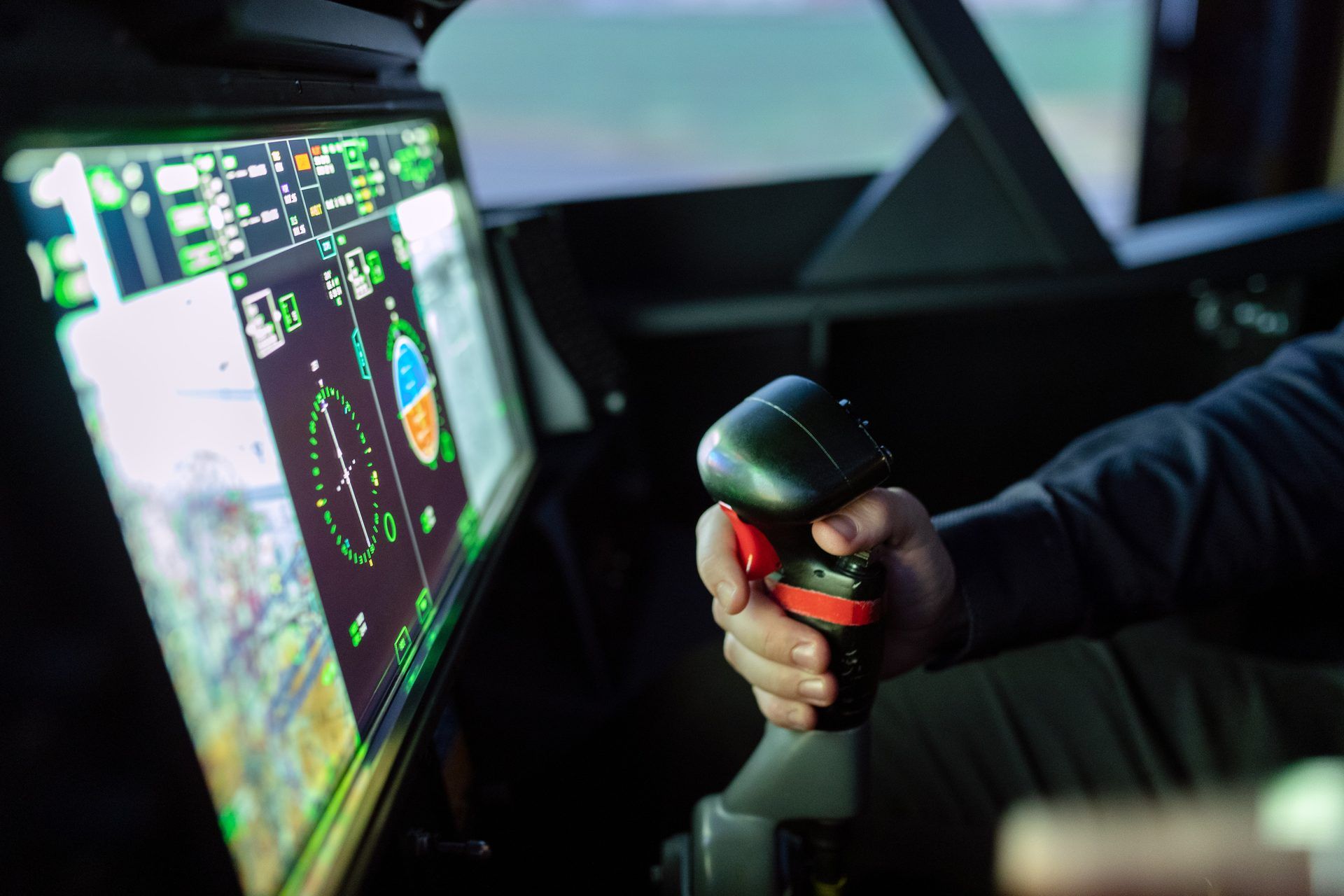
Target recognition systems incorporating AI can better pinpoint their targets’ whereabouts. Target identification systems driven by AI may predict enemy activity, aggregate environmental data, analyze mission approaches, and employ mitigation techniques, among other things. Targets are tracked using machine learning and the collected data.
Warfare healthcare
Robotic Ground Platforms (RGP) and AI can be combined to deliver remote surgical support in conflict areas. Under extreme circumstances, AI-powered systems can successfully mine a soldier’s medical history and provide diagnosis support.
IBM research team’s development of the Electronic Medical Record Analyzer in collaboration with the US Veterans Administration is a prime example of this (EMRA). This system has been developed to process patient medical records; identify and rank their health issues using machine learning techniques.
Threat monitoring & situational awareness
ISR (Intelligence, Surveillance, and Reconnaissance) operations are crucial for threat monitoring and situational analysis. These operations support information processing for a wide range of military actions. ISR operations may be carried out by unmanned systems dispatched along a predetermined path. If these technologies include AI, military personnel will be better able to assess threats and maintain situational awareness. It is one of the most used examples of how is artificial intelligence used in the military.
Do you know data architects, cloud computing jobs, data engineer jobs, machine learning engineers, and artificial intelligence careers are hot and on the rise?
Drones and AI can be combined to monitor border areas, identify risks, and communicate threat information to the relevant reaction teams. Thus, the use of AI improves military personnel’s security during combat.
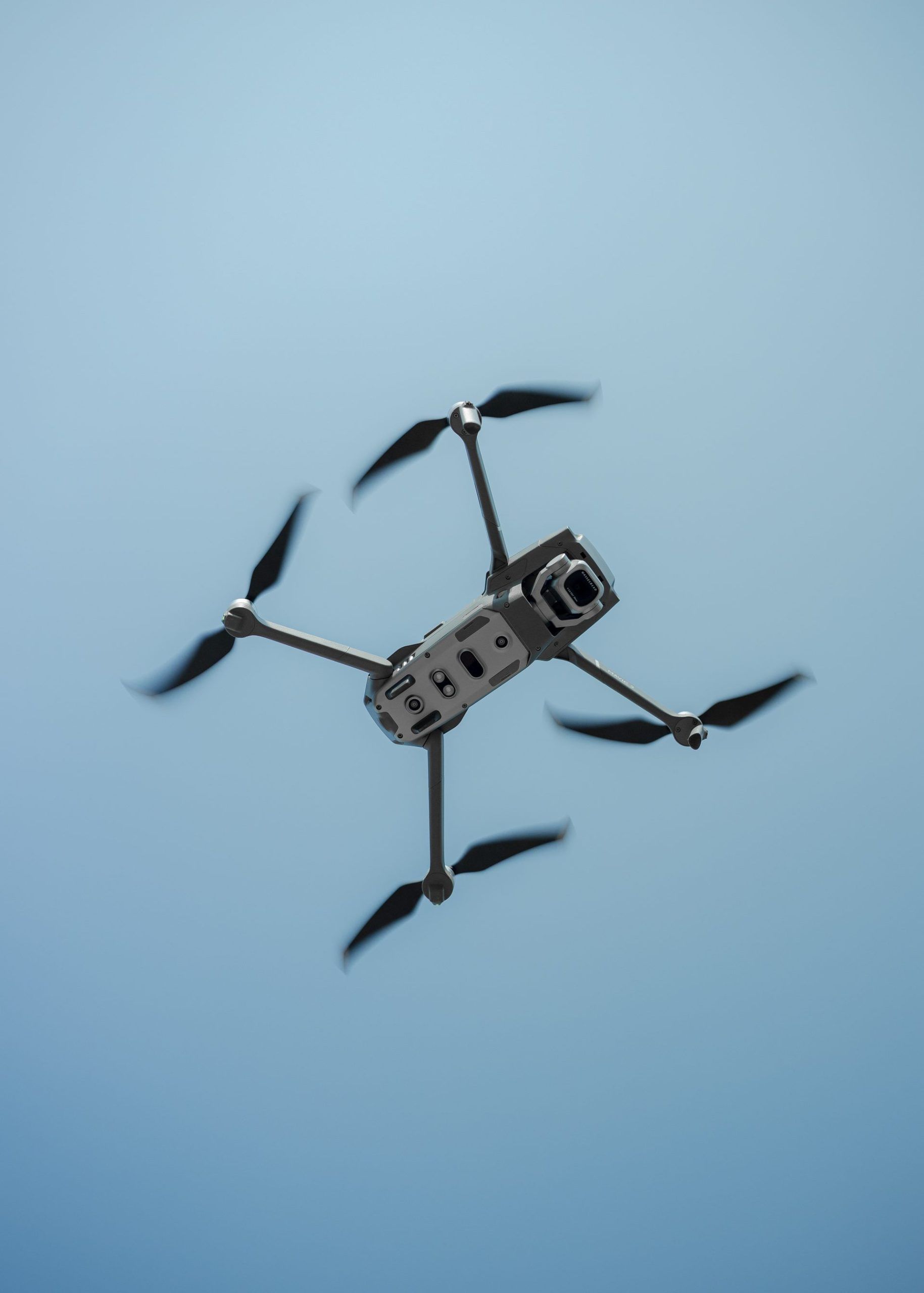
AI & data information processing
AI is very helpful in fast processing large volumes of data and extracting useful information. AI assists in assembling crucial data from several datasets and collecting and adding supersets of data from many sources. Military personnel can use this technique to find trends and derive relationships.
Combat simulation & training
Simulation and training integrate several disciplines, including computer science, system engineering, and software engineering, to build computerized models that familiarize soldiers with the many combat systems used in military operations.

Applications for training and simulation are receiving more funding than ever. The US Army has started sensor simulation programs and conducts warfare analysis. The US Navy has tapped companies, including SAIC, Orbital ATK, and Leidos, to support their initiatives.
Future of artificial intelligence in military
Future military applications will also heavily rely on artificial intelligence. It will be employed considerably more than people to boost operating speed, decrease workload, and improve production.
The Pentagon wants to give DOD permission to spend $874 million on military and defense-related AI and ML technologies. Additionally, the Pentagon devotes a portion of its $2.3 billion science and technology research budget to artificial intelligence for the military.
As a result, investments in AI will be made in areas such as hypersonic technology, direct energy, unmanned technologies, cyber weapons, etc.

Increased funding for AI research by military organizations has since shown that the technology is being used more frequently. As a result, AI will be crucial in processing vast volumes of data and automating systems in modern warfare.
Check out the best masters in artificial intelligence online
Conclusion
How is artificial intelligence used in the military? Modern warfare is changing the way the military and defense industries operate. However, while the market evolves due to technology, the technology is also being impacted by the growing expectations and goals.
Many defense-related fields have advanced since AI was introduced, including target definition, cybersecurity, and RADAR and SONAR systems. However, no machine can fully replace humans, especially in places like a country’s borders where human interaction is crucial.
Nations worldwide continuously compete to establish themselves as the absolute powerhouse for AI in the military and defense.





